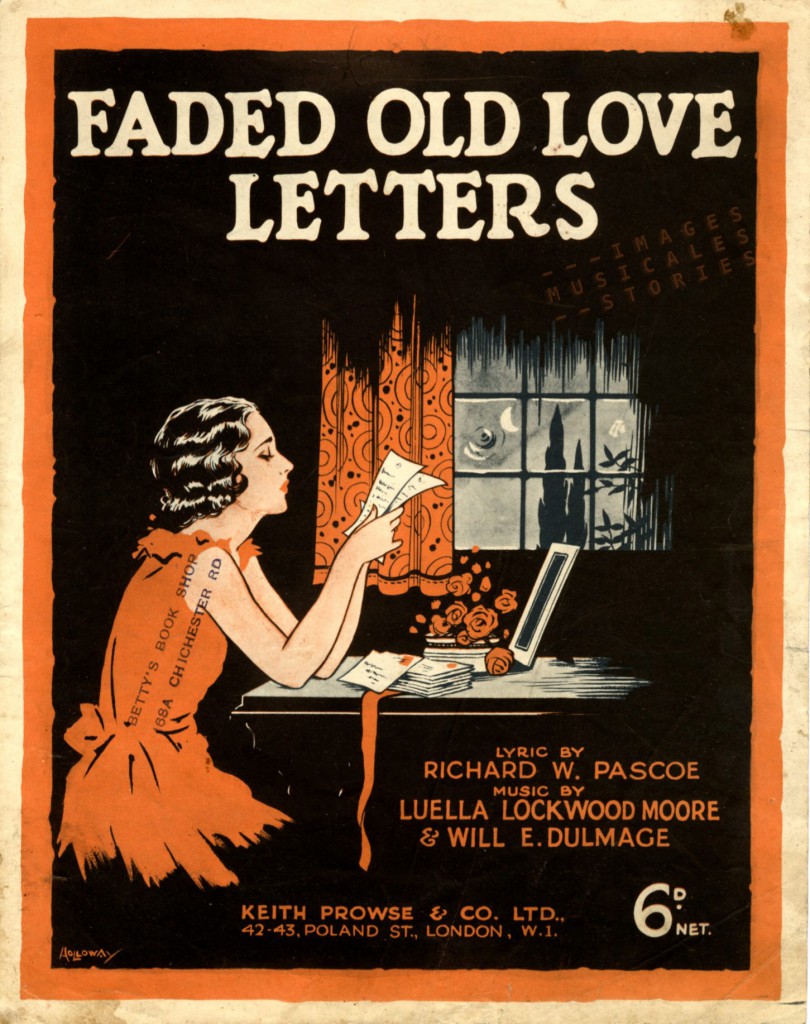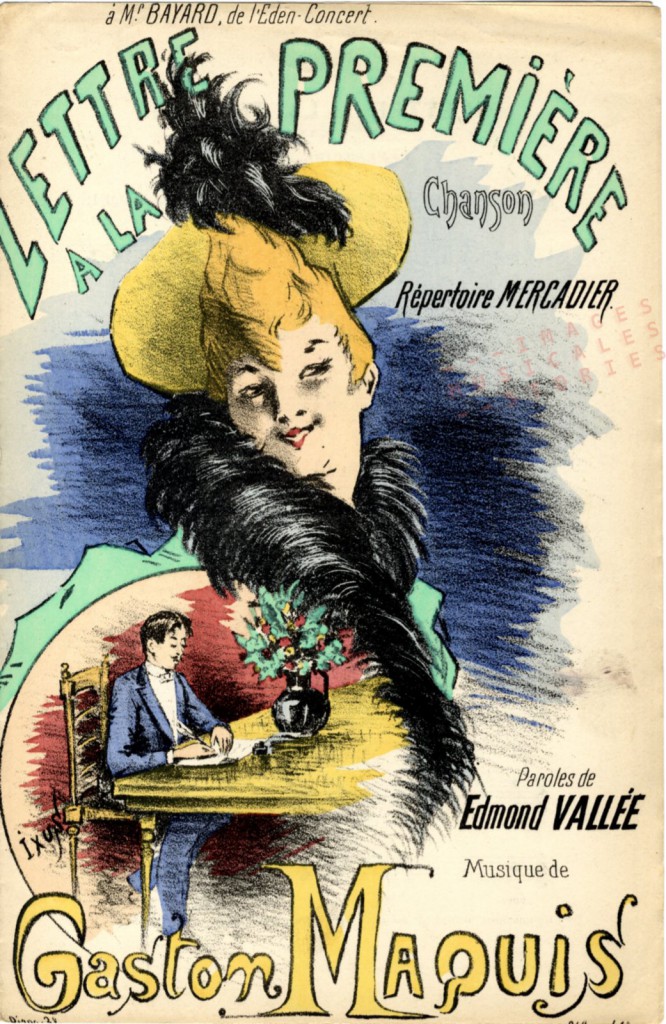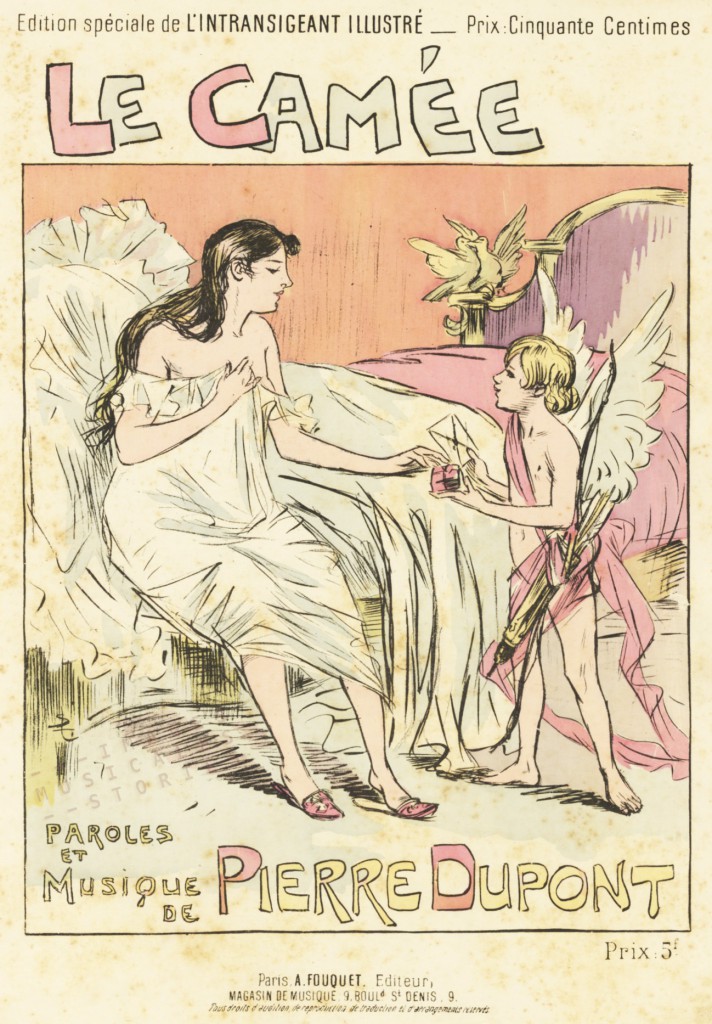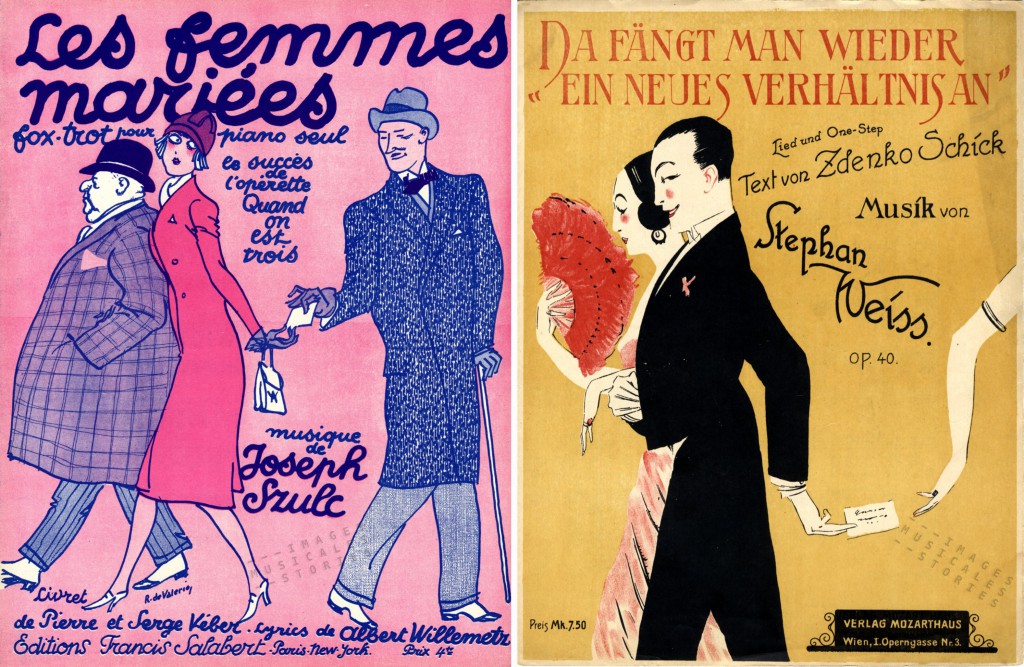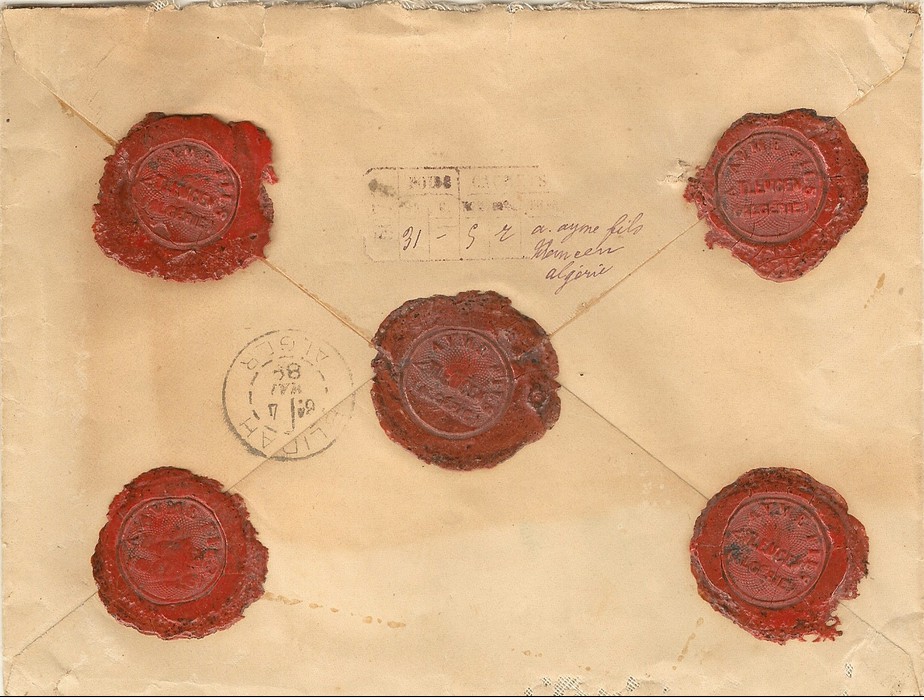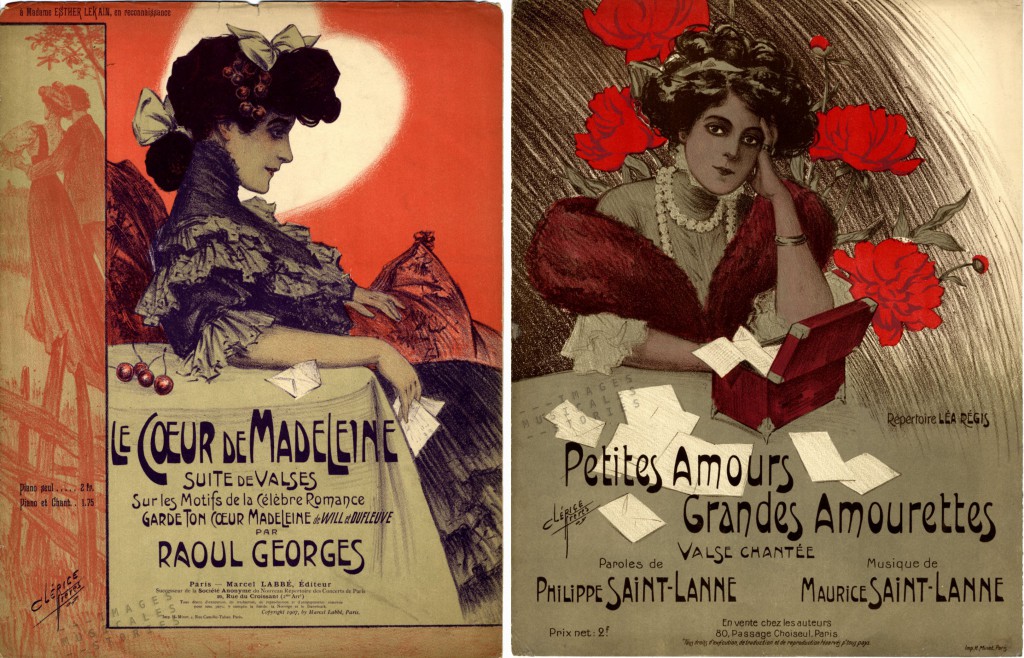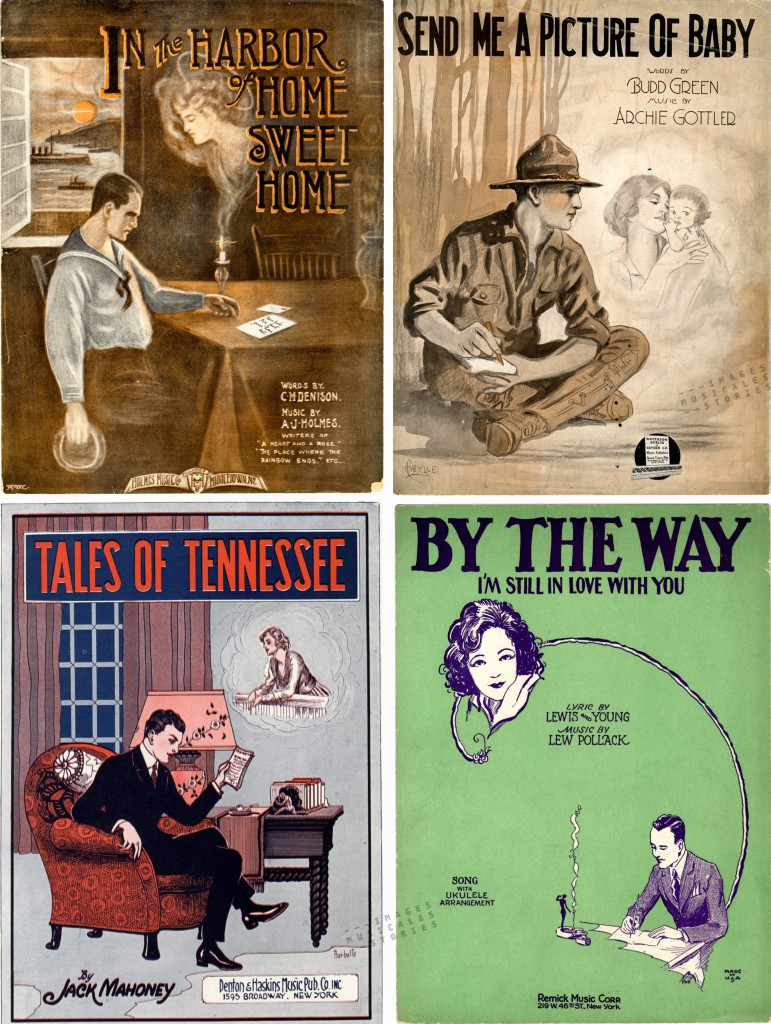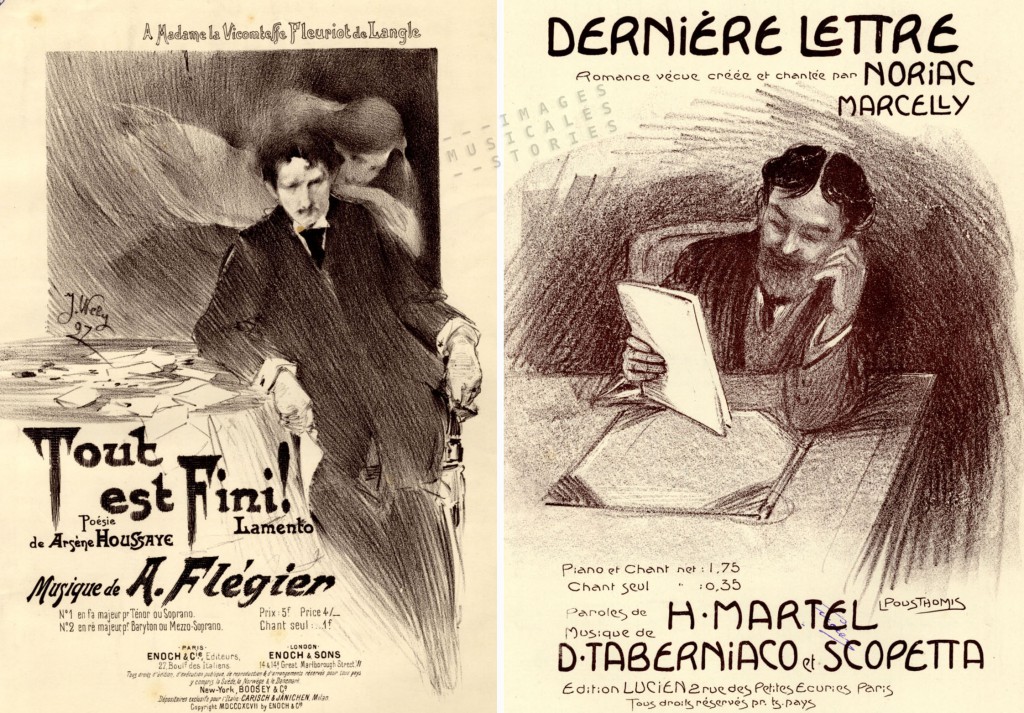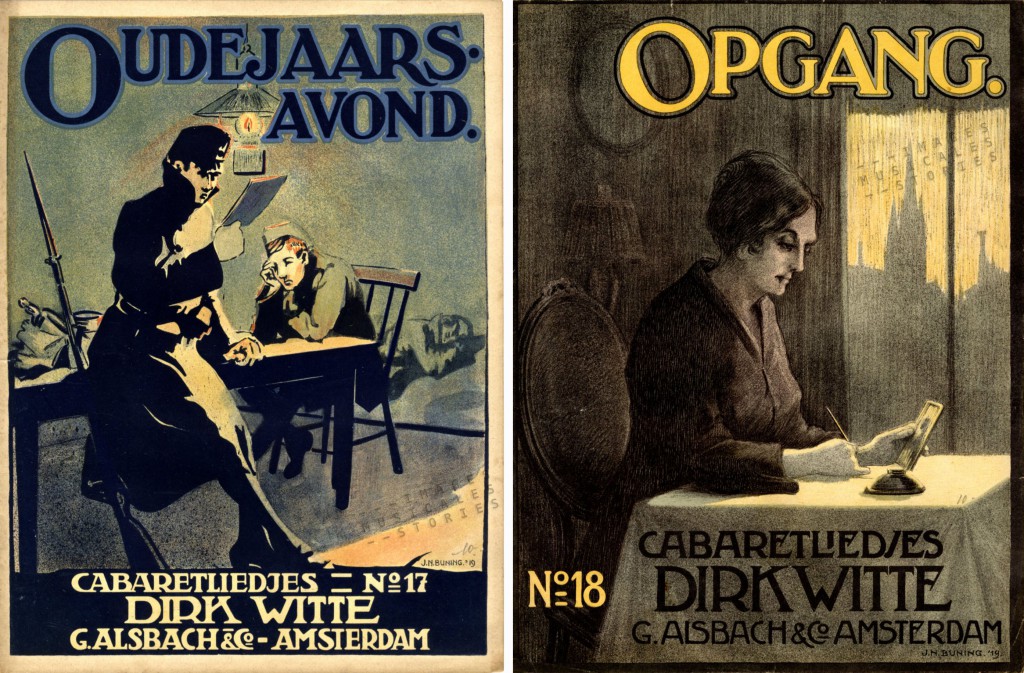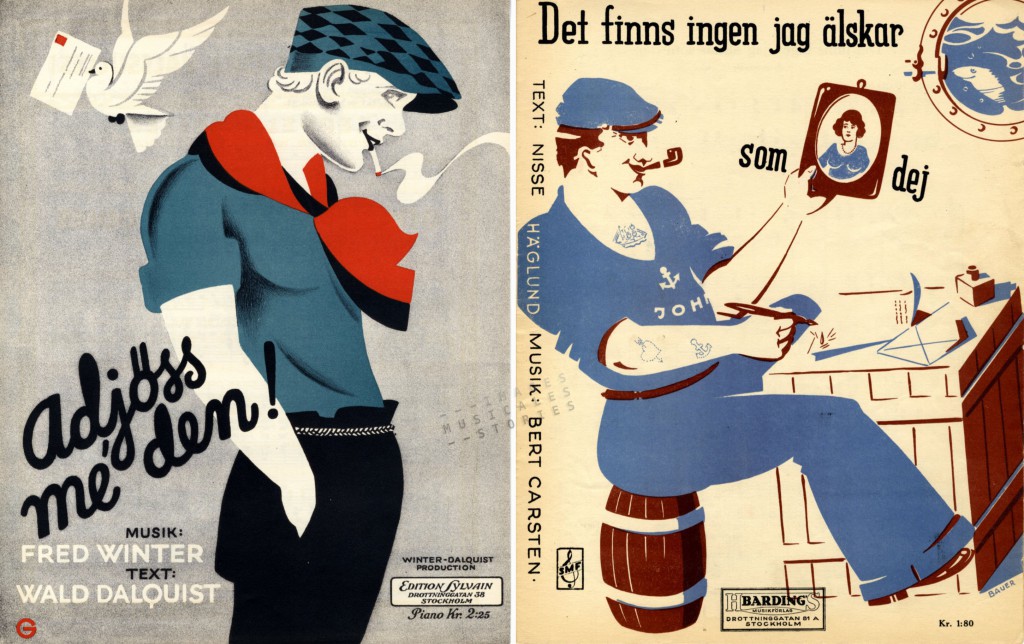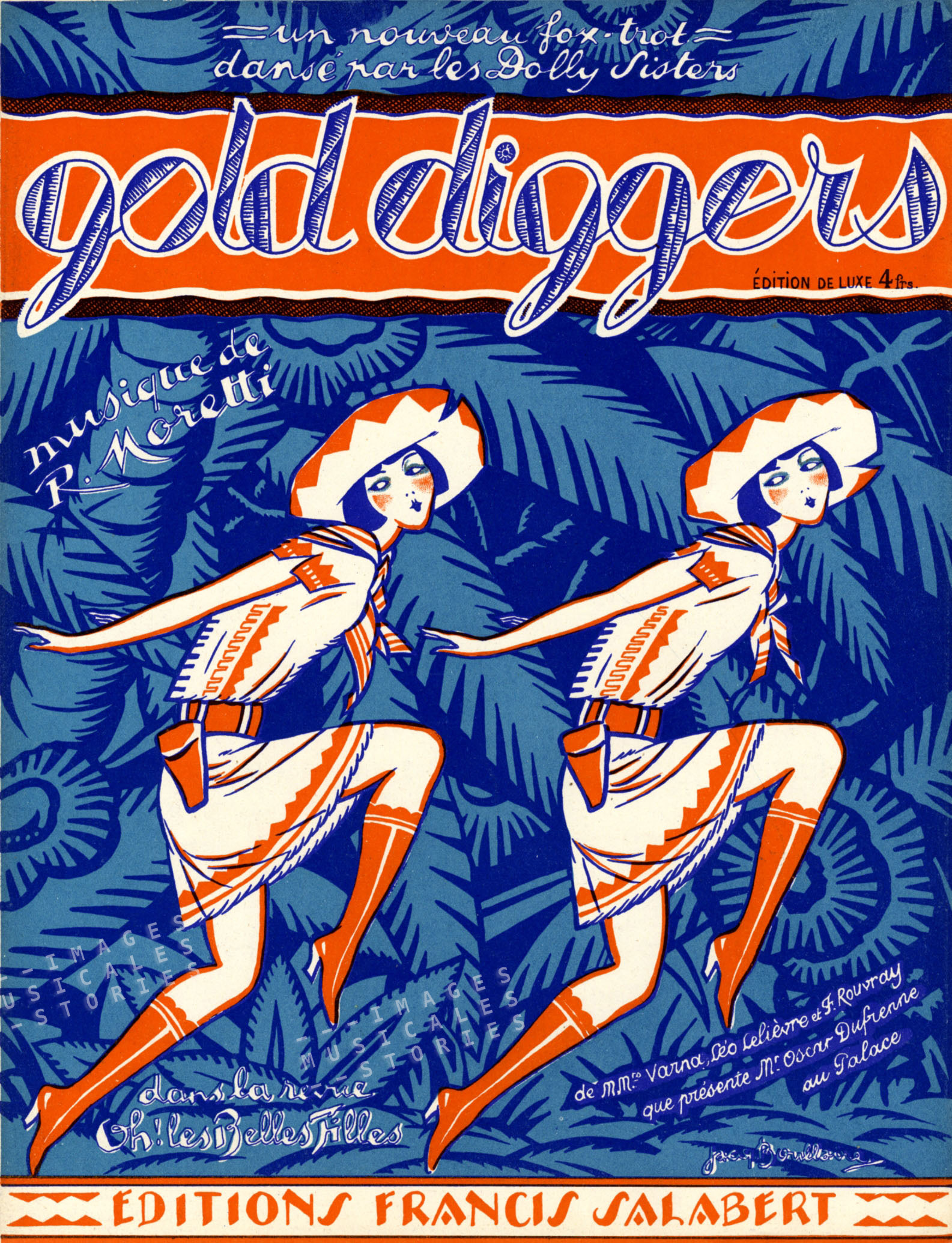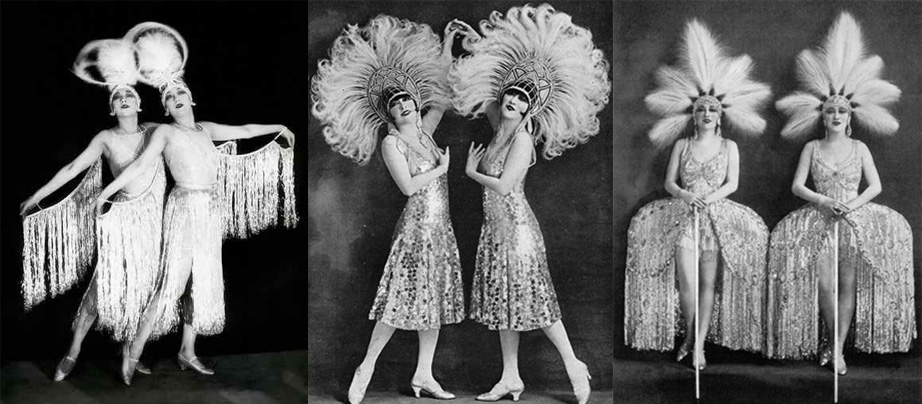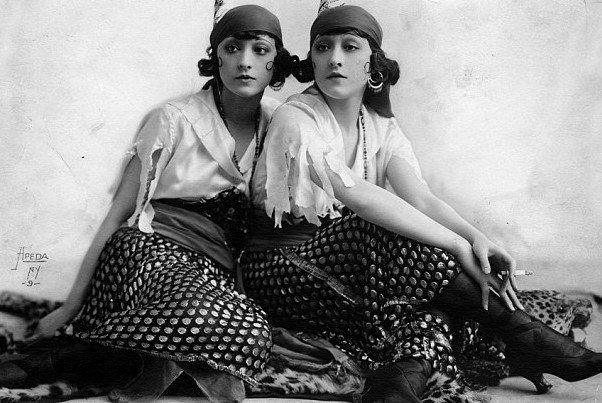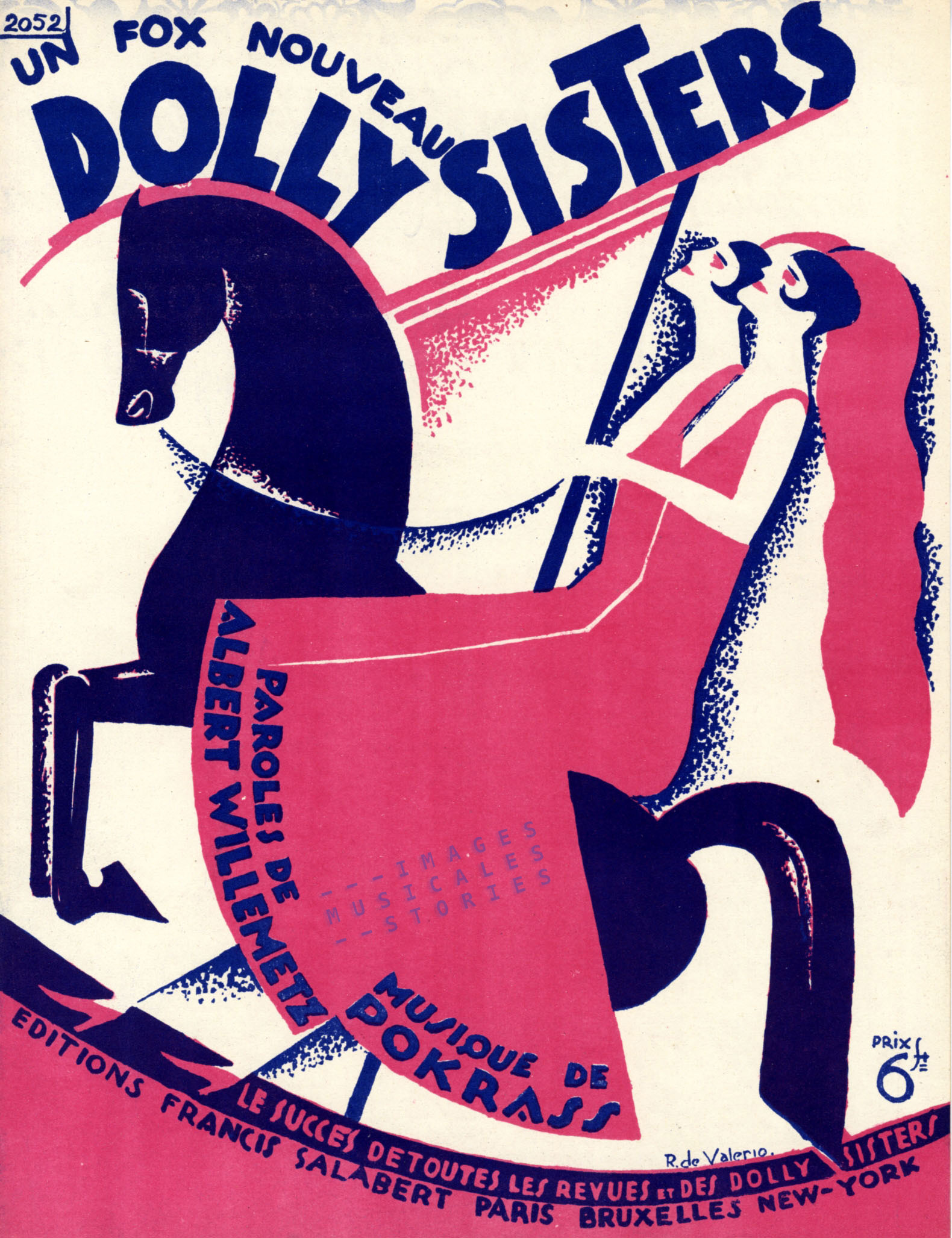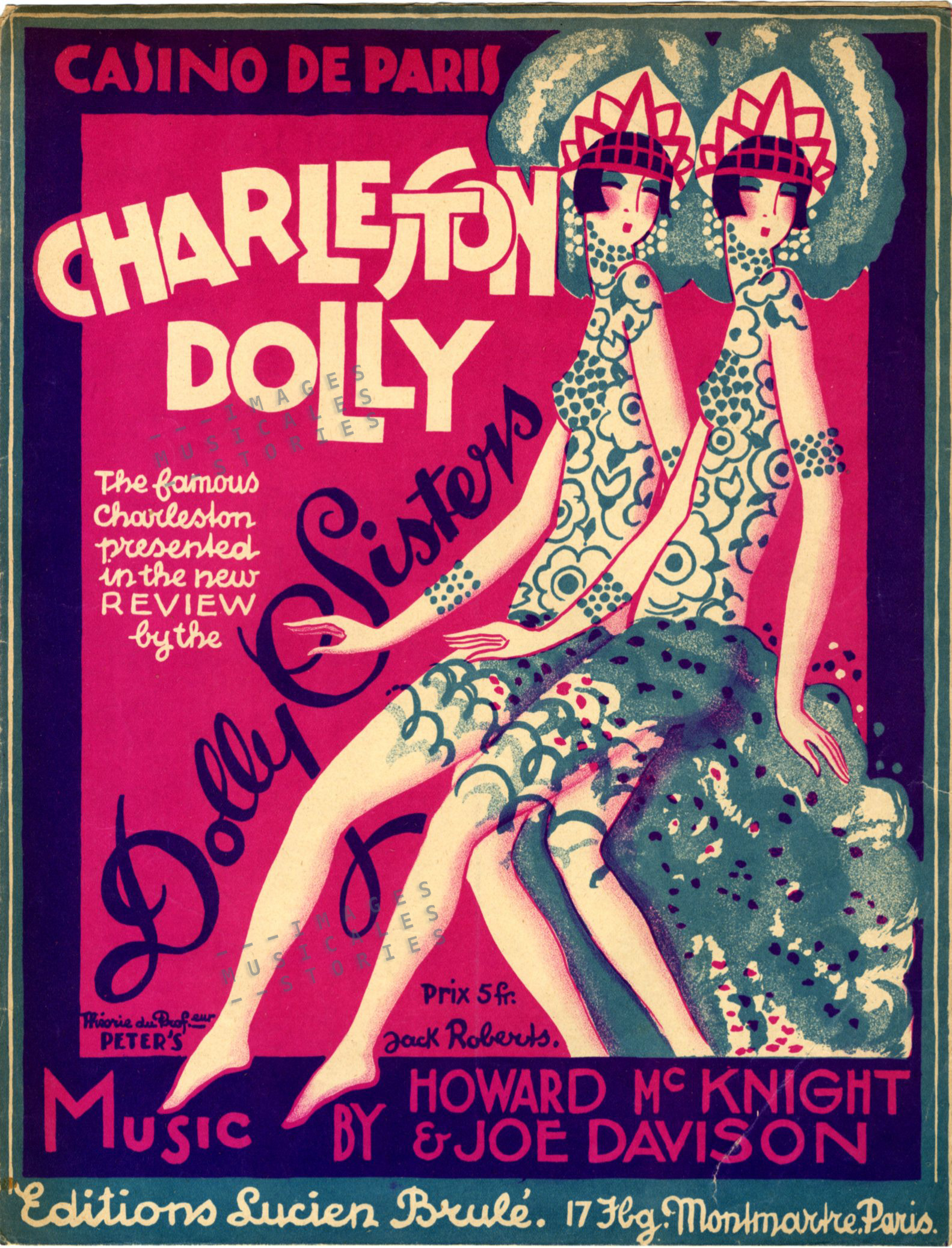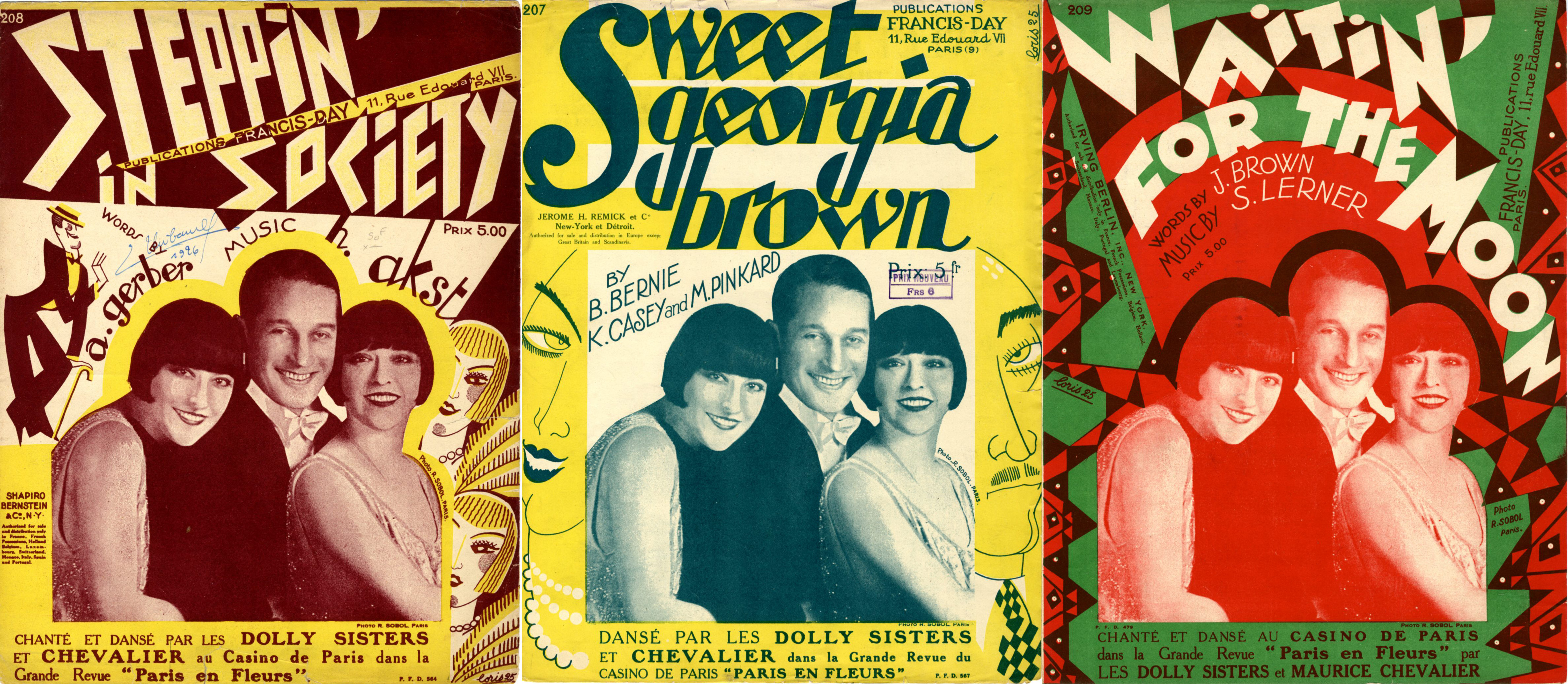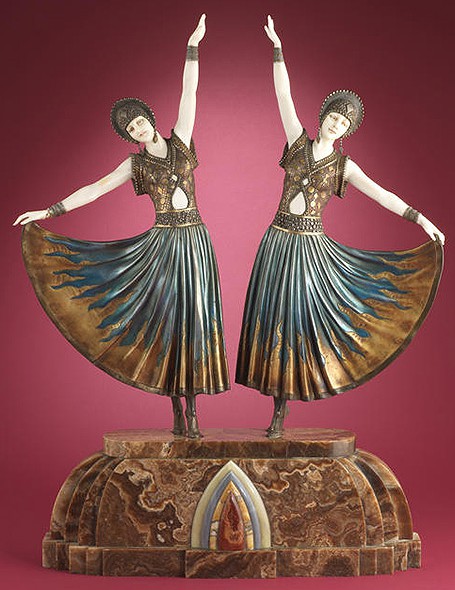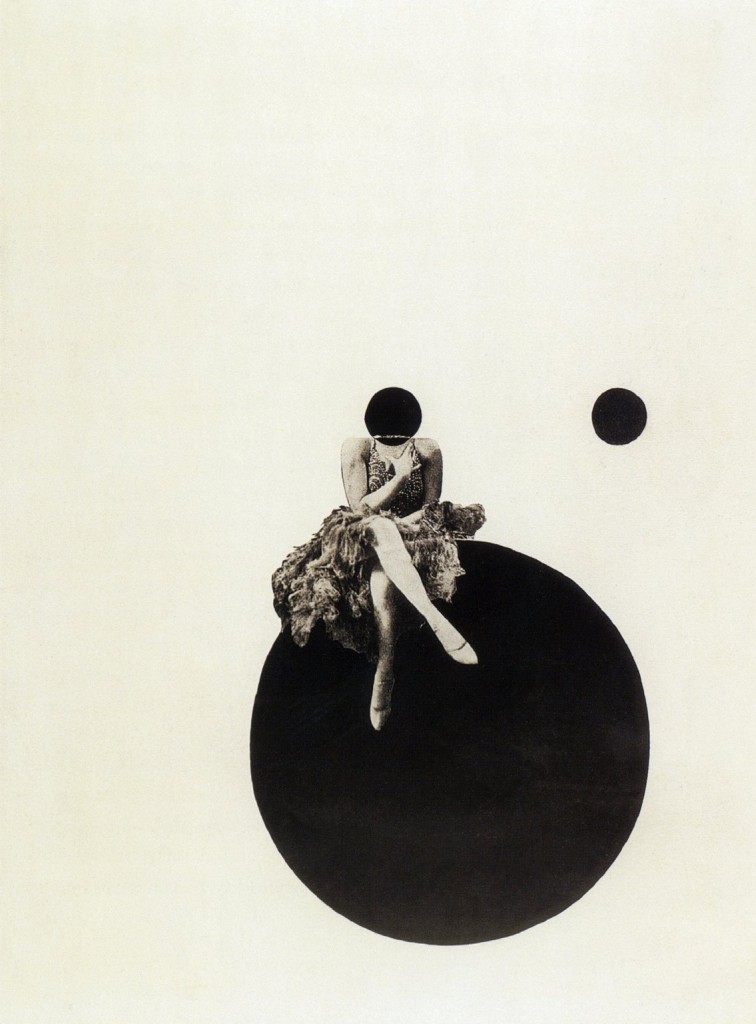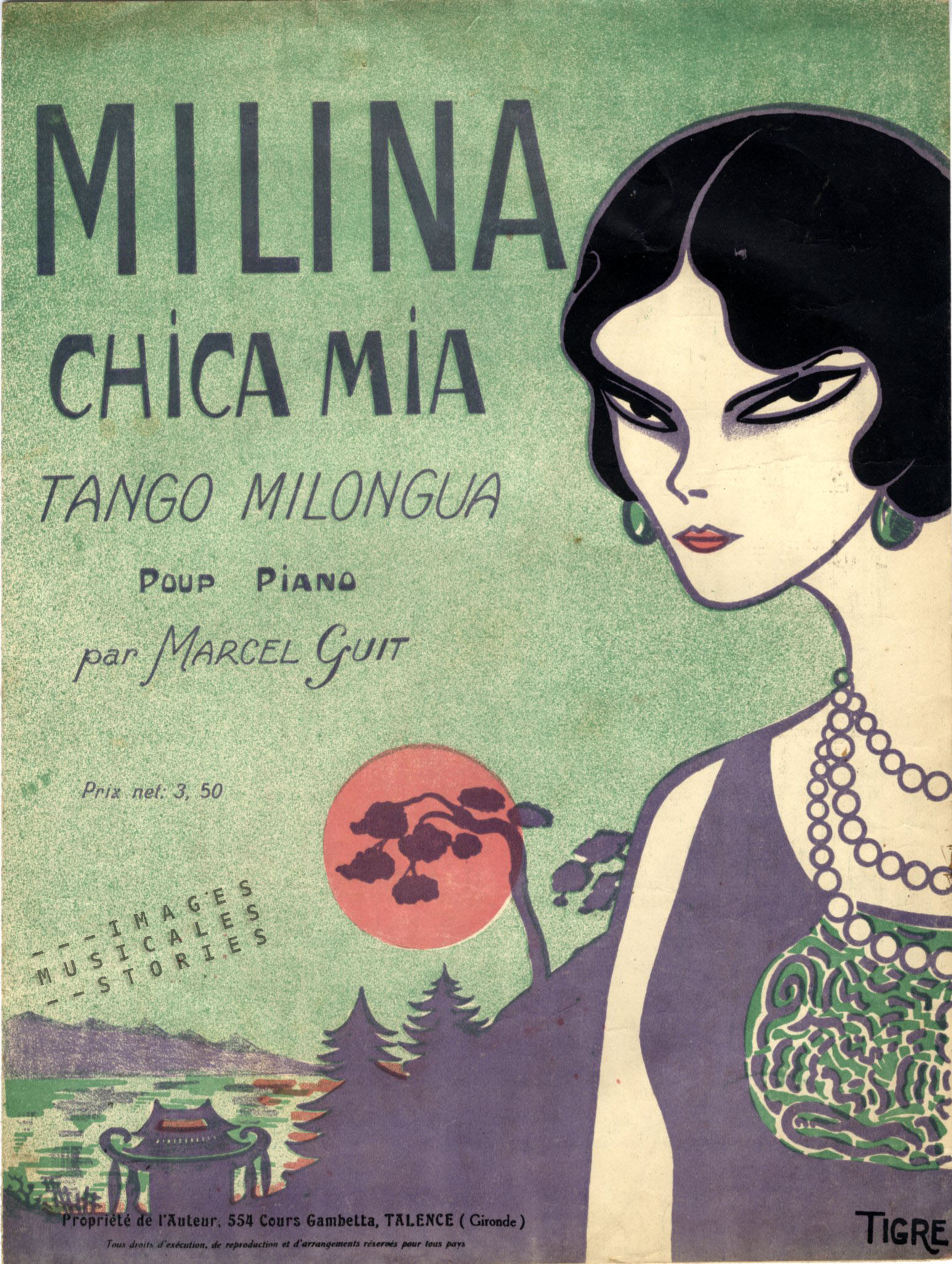
The French writer and cartoonist Pierre de Régnier (1898-1943), aka Tigre, had an artistic pedigree to be proud of. His maternal grandfather was the Cuban-born French poet José-Maria de Heredia, a respected member of the Académie française. His mother was Marie de Régnier, novelist and poet, nom de plume Gérard d’Houville. His legal father was the French aristocrat, Henri de Régnier, one of the most important symbolist poets. Pierre referred to him as The Immortal. And his godfather (and biological father) was the nonconformist poet and writer Pierre Louÿs.

His mother Marie was a non-conformist to say the least. She defied her aristocratic-bourgeois milieu by not wearing a corset and by having several lovers, male and female, during her marriage and by posing naked for her lover Pierre Louÿs.
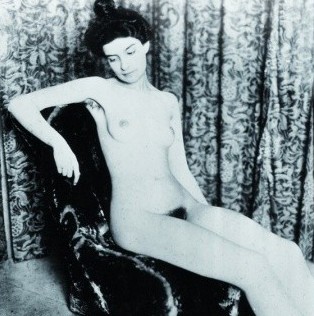
Pierre Louÿs was born in our beloved and beautiful Belgian city, Ghent. He wrote erotic texts set in antiquity, delicate obscene verses but also loads of secret and quite filthy ones, only to be found after his death. He is best known for his lesbian-themed poems Chansons de Bilitis (Songs of Bilitis). Louÿs sold these poems as translations from a Greek poetess, Bilitis, a contemporary of Sappho. In fact it was a hoax which his good friend and brother in mischief, Claude Debussy could very well appreciate. Debussy set three of Louÿs’s Chansons de Bilitis to music. The sexually obsessed Louÿs was also a keen amateur photographer…

As a child, Pierre de Régnier was cherished by his unconventional mother, who lovingly called him Tigre (Tiger).
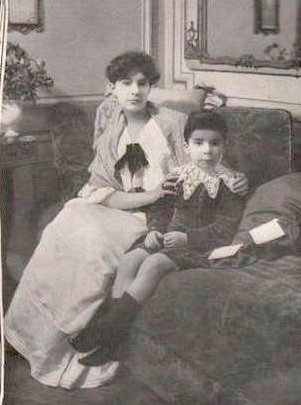
As a young man, just after World War I, he plunged head first into the Années Folles (the Roaring Twenties). A real party animal, clad in a tuxedo and white scarf, he tumbled every night head over heels into the Parisian nightlife.
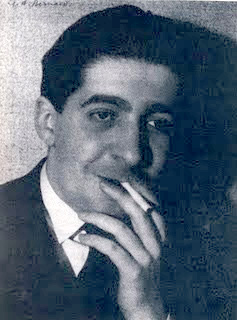
In summer he left Paris for the casino’s and racecourses of Deauville or the French Riviera. Pierre de Régnier was a big spender and his parents had to help him out more than once. His life in the fast lane was alas a short one. His obstinacy for partying turned out nasty and self-destructive.

Pierre de Régnier left a diary in which he wrote about his empty life of a wastrel, consuming opium, cocaine, absinthe, gin or calvados. Every entry of this diary ends with the word: cuite (plastered) followed by the hour of his arrival home, never before dawn of course. According to him everyone and everything had to be rigolo or funny; seriousness was an ugly trait. But deep down he was melancholic, and his poems are drenched in mal de vivre or spleen.
‘Je bois mes nuits mélancoliques
En vieux noceur désabusé
Mes aurores sont romantiques
Et mes regrets désespérés’
Pierre de Regnier wrote only about subjects he knew well: parties, endless nights, alcohol, bars and beautiful women, mondaine or demi-mondaine.The novels and poems he wrote are now mostly forgotten. Only Chroniques d’un Patachon, a collection of society columns about the Parisian nightlife in the thirties is still printed. The columns, short and ephemeral, like his pleasures, were written in his typical style: humorous, frivolous, ironic and tender.
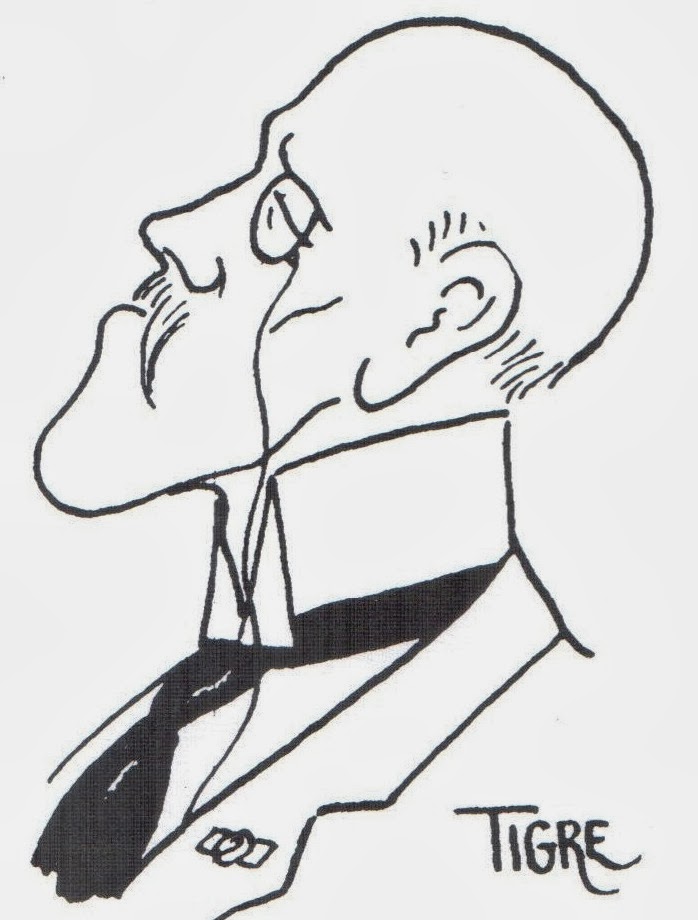
Pierre de Régnier illustrated his columns himself with simple caricatures in black ink. He always signed his drawings Tigre. I’ll let you be the judge whether he successfully portrayed his subjects on the following sheet music covers.
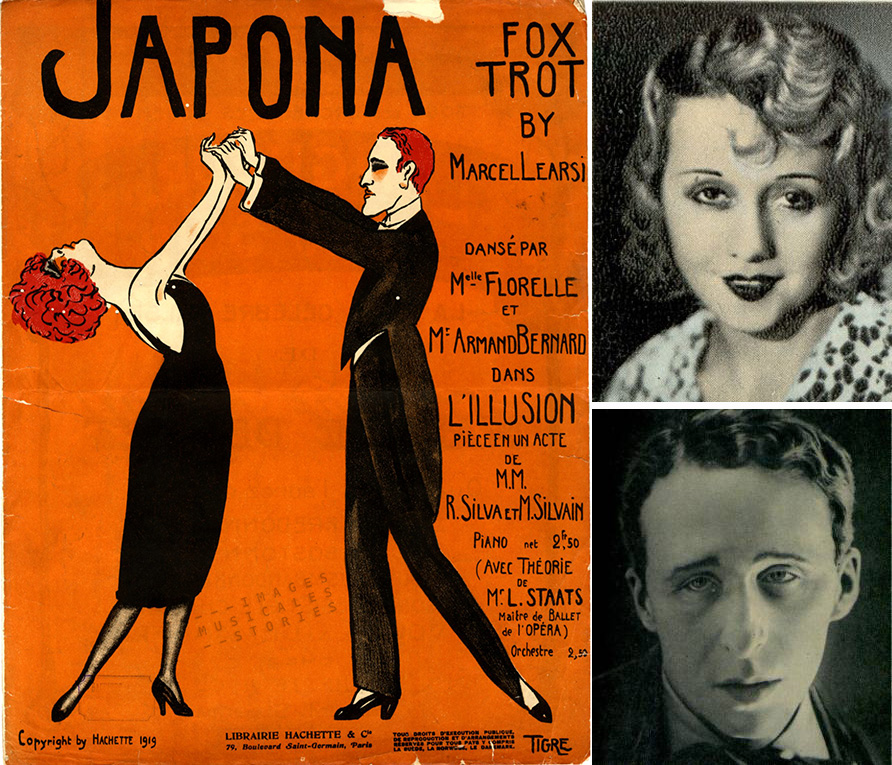
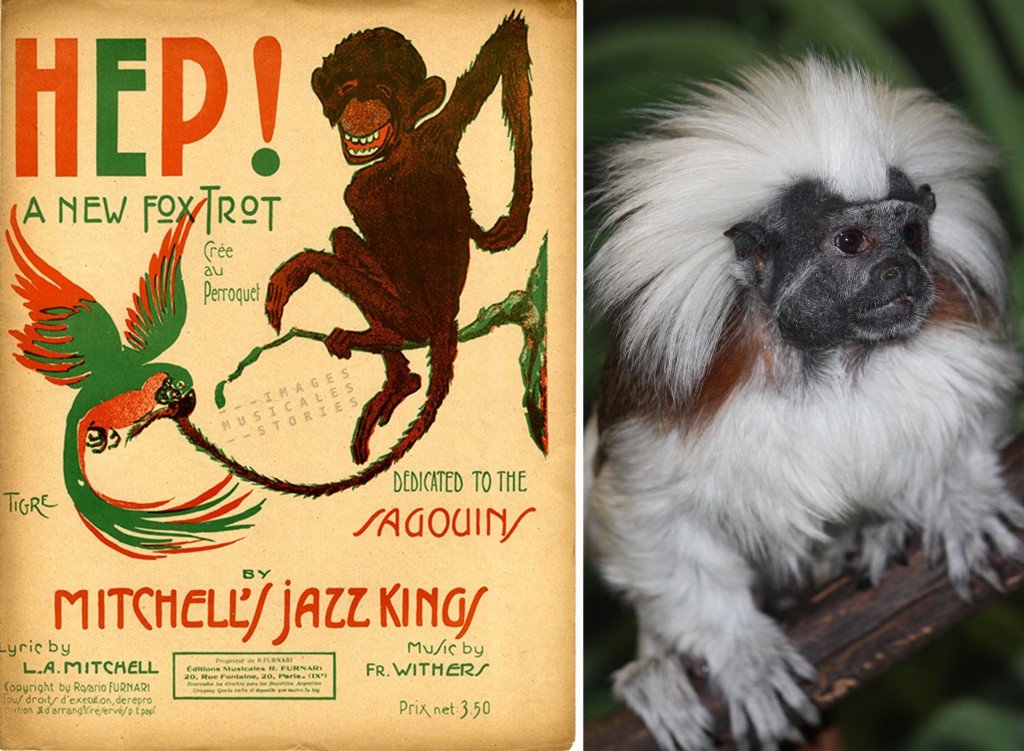
Hep! was dedicated to the sagouins (tamarins in English) but Tigre clearly had no notions of their morphology. Tamarins are squirrel-sized New World monkeys. The morphology was not that important because the word sagouins is used here to indicate men with despicable behaviour like bastards or S.O.B.s.

We end this post with an extract of Les Vampires, the famous silent crime serial by Louis Feuillade from 1915. If you fast-forward to 5:20 you can see Irma Vep (an anagram for vampire) perform in the ‘Howling Cat’ Club. Irma Vep was portrayed by the beautiful femme fatale Musidora, the first mistress of Pierre de Régnier. Now incidentally, she also had been the mistress of Pierre’s biological father, Pierre Louÿs. Well yes, these artistic circles surely had their share of complicated relations! And then, what to say about Pierre Louÿs probably being the son of his half brother…

